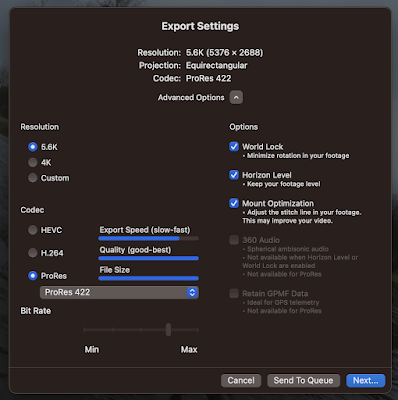Notes for Videographer
Does my research inform my teaching?My research looks at how design collaboration is performed in software engineering teams.
My research interest comes out of my industry experience.
Managing digital production, software engineering in high tech firms.
Longman Logotron, Symantec, Iona Technologies, Sepro Telecom, Havok; in Australia, Japan, the UK and Ireland.
What interests me?
What kind of practices build high performing teams?
People think software design and development is like building with blocks, but it isn't.
It's an intrinsically creative generative process.
How do you manage that?
With all the different people, specialisms, and personalities involved?
Complicate things further by working in a globally distributed digitally mediated environment, constructing an intangible evolving substance - the ideas represented in software source code.
My teaching is based on cases, often cases I write or that my colleagues have developed, or cases from Journals, current or historical.
My approach is Problem Based Learning.
Cases give you the chance to take an actual instance.
You interpret it based on what you already know, identify gaps in your own knowledge, research those gaps, apply some diagnostic or technique to analyse it, talk through the possibilities and implications.
Contrast with what actually happened.
Management studies, at the Masters level, has no place for rote learning and I'm not in the business of hawking borrowed thinking.
How does my research relate to my teaching?
Well the people who come back to Uni to study or stay on to do a Masters are looking for something.
They're looking for explanations, and want to invest their time in discovering and making sense of things, to develop explanations of their own.
Theories are kinds of explanations for the situations we encounter.
So research involves this process of continually testing and applying and trying out and developing new theories.
To make best advantage of scarce resources, to conserve them, nurture them, grow something new, do something valuable.
Being an entrepreneur is something like that.
It recognising and making that value real.
It's a creative act.
That's what innovation is.
Innovation is the introduction of something new.
It doesn't need to be globally novel, it just needs to be new in the context that you're dealing with.
Innovation is about introducing change.
You're an Entrepreneur when you make that act your own.
All technology for example, involves processes of introduction, processes of "social construction".
Innovation needs at least one, ultimately many, people who commit to it, who take it on and understand its use and value.
Is it good that my research informs my teaching?
Absolutely, yes.
I need to stay involved in the field, keep current, to be relevant.
It keeps me in a critical stance.
Is there really something to this technique or tool, or is it just a fashion or fad?
What is general about some phenomenon, what's the underlying process, does it always happen this way?
What have I learnt? Is it useful?
I'm always open to the possibility that what I know is kind of partial.
To me this is an incomplete project, that it needs ongoing revision and redevelopment.
Any entrepreneur works across two worlds:
Yes, the obvious physical-material world (of matter, materials, physics, chemistry, data, electrons, tangible products and machines).
But also the social world, from the broad scale of human society, economics, institutions and organisations, right down to interpersonal interactions, the things that make us human, that aren't governed per se by invariant laws or theories.
Social understanding is probably infinitely revisable.
Rules are made up and change all the time.
Social norms appear likes kinds of structures but they shift and warp over time.
Management is like that, it's a kind of coping with things as they happen, made sense of against a cultural backdrop.
We cope and we manage by drawing on our knowledge, using particular ideas or theories about the world.
It's these ideas, these theories, that we have, that we use to actually shape and mould arrangements in organisations.
That inform how we manage.
